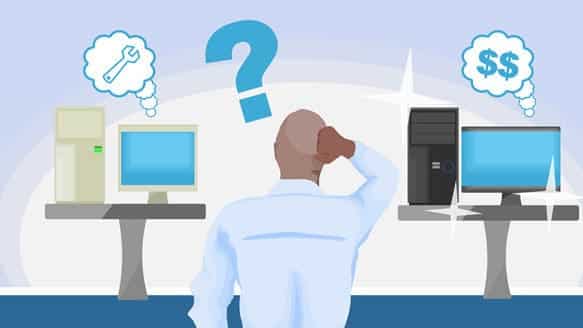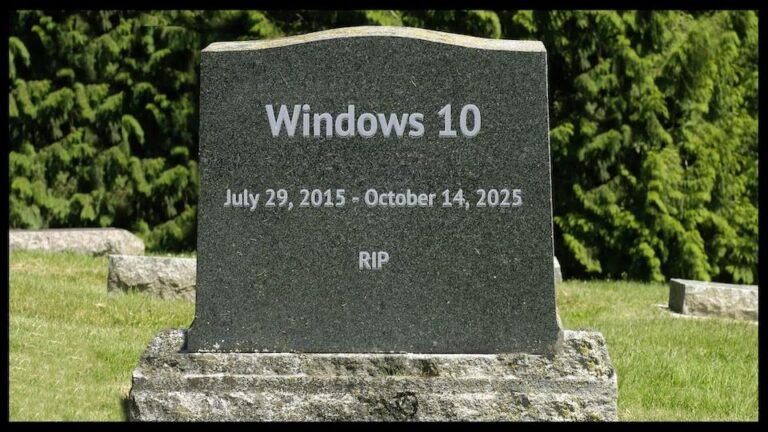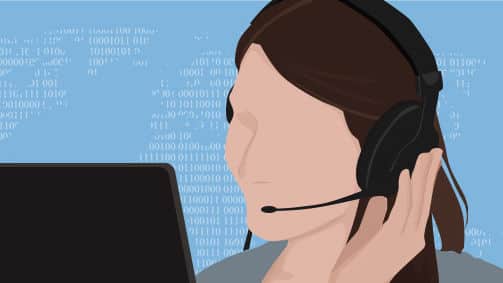However, if hackers get access to your email, they can use it as a way of resetting passwords to your social media, shopping sites, and bank accounts. If you are in business, they can get information on your customers, suppliers, and company proprietary secrets.
However, most people have an overinflated sense of risk when it comes to threats and technologies they don’t understand. Email, and how messages make it from your computer to mine when you press “Send”, is something the average computer user not only doesn’t understand but has no reason to understand. It’s similar to driving a car – you get in, start it, press the pedals, and steer where you want to go, without ever asking how the internal combustion engine or the electric motor actually work.
As a result, sometimes threats that should be of concern are overlooked, and issues that are really no threat at all can prevent people from using the technology to its fullest – or cause them to avoid it altogether.
If you are still using an email account supplied by your Internet provider, chances are, the content of the email isn’t encrypted. That means anyone with access to your computer or the network, can spy on it if they have enough technical knowledge. All computers between you and your destination can also see the contents of the messages you send and receive – but that doesn’t mean that anyone is actually reading them!
Unless you are on some kind of government watch list, or a business competitor is spying on you, suggesting people read your emails is usually unwarranted paranoia. Internet providers are too busy to do so and too competitive with each other to allow something like this to potentially become public knowledge. Now, if you are in China or North Korea, things are probably very different there…
Most email correspondence is boring anyway. Just avoid sharing personal information like passwords and credit card numbers, and you’ll be 99% protected. And if an email you just received asks for this exact sort of information, it’s best to ignore it and not reply at all.
Most email risks happen on the sending and receiving endpoints. If somebody has physical access to your computer, or know your password, they can easily open your email program and read your correspondence. This is also the goal of many hacker attacks and malware. The best way to prevent something like this from happening is by securing your computer by doing all system updates, using a good antivirus, and keeping your passwords safe.
But what if you are “interesting”? Most popular email services nowadays such as Gmail, Outlook, and Office 365 are encrypted. It’s possible to read messages on the sender or recipient computers, but not in transit. Medical and financial information is rarely shared via email anyway. For example, when you get a notice from your bank that your account statement is available, they don’t send it as an attachment. Instead, you need to login into your bank to view it.
In conclusion, here are our tips:
- Switch from Internet Provider email address to more secure offering, like Gmail or Outlook
- If you are in business, you should be using Microsoft Office 365
- Don’t ever share passwords, credit card details, or medical data over email
- Choose strong passwords for your accounts







